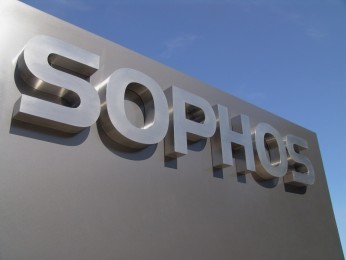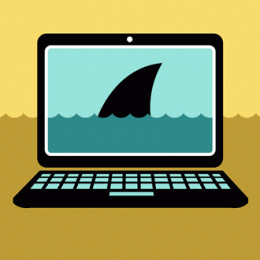 More than 46 percent of UK IT managers don’t believe they invest enough to prevent ransomware attacks, whilst a similar but slightly higher number (52 percent) don’t feel supported to do so by their company’s board.
More than 46 percent of UK IT managers don’t believe they invest enough to prevent ransomware attacks, whilst a similar but slightly higher number (52 percent) don’t feel supported to do so by their company’s board.
According to Osirium’s “2021 Ransomware Index survey” less than 10 percent believe that they can prevent a future ransomware attack, stressing out IT people.
The survey findings raise concerns about UK IT teams’ ability to effectively manage potential ransomware attacks, of which their likelihood of becoming a victim is increasing rapidly. Of those surveyed, only 21 percent claimed they had never been attacked. More surprisingly, 53 percent of respondents agreed with the statement: “It would be cheaper to pay the ransom demand than continuously invest in preventing ransomware.”
More than half of the survey respondents also claimed that they do not have sufficient budget/resources to cope with the constantly evolving threat landscape, which makes the research finding, that many feel the only way to deal with the problem is to pay, even more impactful.
The stress to UK IT managers, caused by the spectre of Ransomware, is an increasingly significant downside to an already difficult job. 86 percent of the IT managers surveyed said they feel stressed about the prospects of a ransomware attack, with 22 percent saying it more than doubled their stress levels.



 The cost of ransomware attacks more than doubled in the fourth quarter of 2019, according to research from Coveware.
The cost of ransomware attacks more than doubled in the fourth quarter of 2019, according to research from Coveware.








